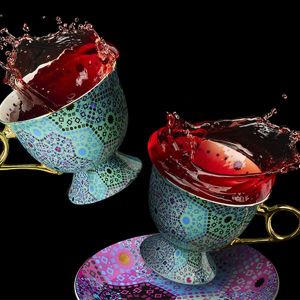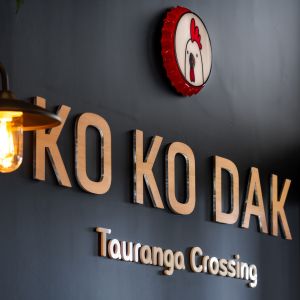Tertiary navigation
Our History
Nau Mai Tauriko
The following article was written by Justine Murray from Radio New Zealand (RNZ) and explores our local sawmilling history and how it inspired the naming of 'Tauriko'. Read Justine's article below.

The business name ‘Tauranga Rimu Timber Company’ seemed a bit long-winded so sawmill operators, the Gamman brothers shortened the name to Tau-Ri-Co. The letter ‘C’ is not a consonant in the Māori language, so it was replaced with the letter ‘K’ which formed the contracted name 'Tauriko' a suburb on the outskirts of Tauranga. Tauriko is now home to the new housing development area ‘The Lakes’ and the retail and industrial hub ‘Tauranga Crossing’. The history of sawmilling begins with Samuel John Gamman who arrived in the country on board the Cameo in 1859. Samuel and his wife Eliza lived at Akaroa in Canterbury before moving north to the Manawatu and the Tararua districts. Together they had 10 children, two of which died young, but his surviving sons would follow their father into the dangerous industry of sawmilling. In 1908 Henry, Ernest, Arthur and George opened new mills in the Bay of Plenty. Debbie McCauley is an author of narrative non-fiction children’s books and has written extensively on the sawmilling industry in the region. “They’re big names in sawmilling in New Zealand, they start a sawmill at Oropi and George Gamman buys some bush at Omanawa falls and from there they put a tramline through from the Wairoa River and transport massive timber logs."

During this time, New Zealand timber was in high demand, and the Gammans exported it to Australia. As business thrived Debbie says the brothers went to register their business name but decided on a simpler version. “The story is because ‘Co’ wasn’t in the Māori language it was changed to ‘Ko’ and the name was Tauriko…that’s why a lot of people think it’s a Māori word,” she says. Charlie Rāhiri lives in Tauranga and has whakapapa to Ngāti Paoa, Ngāti Kahu and Ngai Tamarāwaho, he says while the history of the name ‘Tauriko’ is based on a major industry set up by a migrant family, the history of the land is one of historical significance to tangata whenua. “Ngai Tamarāwaho they have a large presence in The Lakes area, Ngāti Hangarau do aswell...their significant pa was called Tupenga and then Wairoa while we had no pa [villages] we had a number of kainga” [traditional housing] Construction of new roading links in Tauriko will connect to the Takitimu Northern Link to Auckland and the western link to Hamilton. As projects like these increase, local Māori are part of consultation groups working alongside Waka Kōtahi NZ Transport Agency.

“Our reason for being present in those spaces is to protect the mauri of our taniwha, so wherever the river flows…we’ve got a couple of off streams…Te Whakakotahi and Ruangarara is another as arteries to the Wairoa [river]” he says. As housing development persists street names that identify local rangatira form part of the suburb. Parāone Koikoi Drive, Penetaka Heights or Puhirake crescent are named after chiefs who fought at the battles of Gate Pa and the Battle of Te Ranga in 1864. Carlo Ellis is the Manager of Māori Strategic Engagement at Tauranga City Council and argues that names are signposts for history. "Hapū had developed good relationships with the developers...they were much more open to working with hapu to develop the area and in turn put forward some of those names," he says. So whatever happened to the Tauranga Rimu Timber Company? In 1913 a fire broke out at the Omanawa Falls Mill and destroyed it. Insurance stumped up 3000 pounds but covered half of the total loss. When World War One broke out in 1914, according to Debbie McCauley ten mill workers enlisted which ultimately led to staff shortages. That coupled with the extensive fire damage caused sent the company into liquidation.

Special thanks to Debbie McCauley for research assistance for this. For the podcast version, please visit: https://www.rnz.co.nz/audio/player?audio_id=2018862027A.








